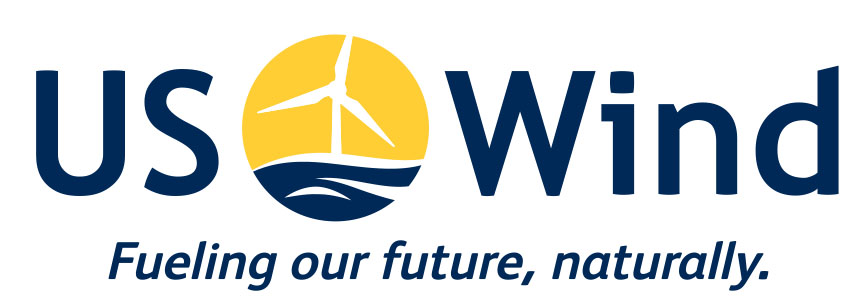Building an offshore wind economy in the U.S.
The offshore wind industry in the U.S. is poised to become a $1 trillion energy industry, or equivalent to a 15-fold increase, according to a recent report from the International Energy Agency (IEA).
The agency attributes the projected increase to falling costs, supportive government policies and some remarkable technological progress, such as larger turbines and floating foundations.
“In the past decade, two major areas of technological innovation have been game-changers in the energy system by substantially driving down costs: the shale revolution and the rise of solar PV,” said Dr Fatih Birol, the IEA’s Executive Director. “And offshore wind has the potential to join their ranks in terms of steep cost reduction.”
A Forbes article also recently noted that the sector could “provide enough electricity to power the US, Europe and Japan – several times over.” Furthermore, government action is integral to this growth. The industry needs the right market design, which would “encourage investors to fund projects and the associated infrastructure such as onshore grid connections,” including technological improvement initiatives and programs that will develop wind turbines’ power capacity. Forbes pointed out that in doing so, our wind turbines will be much bigger; thus, increase their performance and further drive costs down and “compete with gas-fired power and onshore wind.”
“Offshore wind currently provides just 0.3% of global power generation, but its potential is vast,” Dr Birol said. “More and more of that potential is coming within reach, but much work remains to be done by governments and industry for it to become a mainstay of clean energy transitions.”
